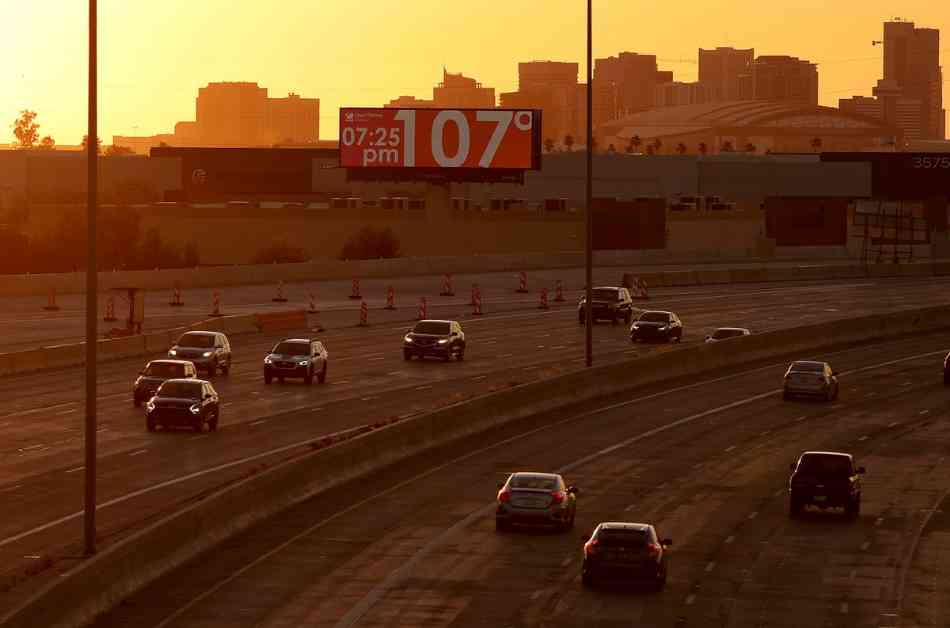NASA recently released a heat map showing dangerously high temperatures on streets in Phoenix, Arizona. The map revealed that asphalt and concrete surfaces reached as high as 140 degrees Fahrenheit, which is hot enough to cause serious burns in just seconds.
One such incident involved 70-year-old Bob Woolley, who suffered third-degree burns on 15 percent of his body after falling on hot rocks in his backyard. He described the pain as excruciating, with his skin peeling off like an onion. Woolley underwent multiple surgeries and painful recoveries at the local burn center.
The increasing temperatures in Phoenix, exacerbated by climate change, have led to a rise in pavement burns like Woolley’s. NASA’s ECOSTRESS instrument captured the extreme temperatures in the city, with asphalt surfaces absorbing 95 percent of the sun’s radiation. This makes the streets 40 to 60 degrees hotter than the air temperature, posing a significant risk to public health.
The heat map also highlighted the importance of shade-providing trees in urban areas, which can help reduce pavement temperatures. Cities can use this information to implement heat reduction interventions like planting trees or painting streets white to mitigate the risk of burns.
Experts warn that vulnerable populations, such as babies, young children, the elderly, and the homeless, are at higher risk of pavement burns due to their limited ability to quickly move away from hot surfaces. The Diane & Bruce Halle Arizona Burn Center in Phoenix saw a significant increase in heat-related burn cases last summer, with many patients requiring ICU care and surgery.
Director Kevin Foster emphasized the severity of the burns, noting that pavement temperatures can reach up to 170 degrees Fahrenheit, close to boiling point. He advised people, especially older individuals, to avoid going outside during the hottest times of the day and to be aware of the risks associated with extreme heat.
University of Washington epidemiologist Kristie Ebi stressed the importance of public awareness about these risks, citing incidents of burn injuries during heatwaves in other regions. She hopes that increased media coverage will help educate the public about the dangers of hot pavement and encourage preventive measures.
Bob Woolley, whose harrowing experience serves as a cautionary tale, urged others to take precautions, especially seniors. He emphasized that pavement burns can happen to anyone and can have long-lasting consequences, particularly for older individuals. By sharing his story, Woolley hopes to raise awareness and prevent similar incidents in the future.






